If you want a real taste of Kyoto’s long food history, you must try Kujo Negi. This isn’t just a regular green onion; it’s a celebrated vegetable known for its unique sweetness and texture that almost melts when cooked. This article is a guide to understanding this historic plant, explaining its special traits, looking at its 1300-year background, and suggesting a perfect spot in Kyoto to try it in a traditional local dish.
What is Kujo Negi?
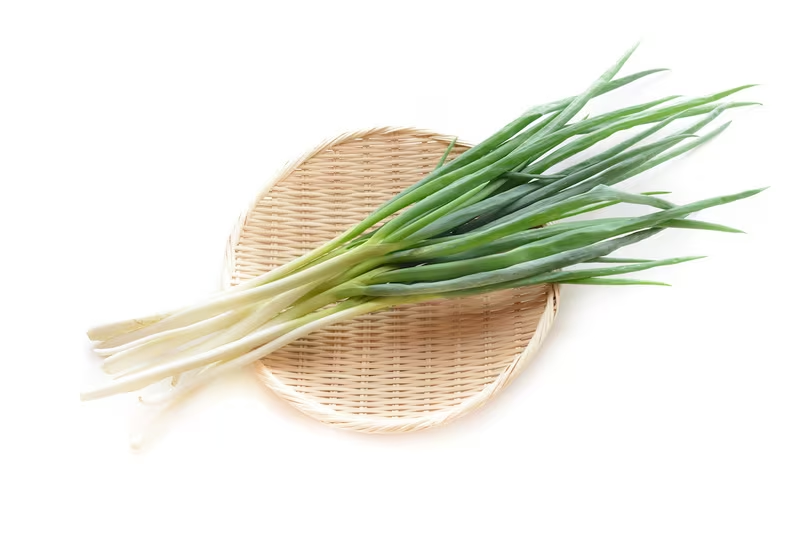
Kujo Negi is a special type of leaf onion, or aonegi, valued all over Japan. Unlike common white onions where the thick root is the main part you eat, Kujo Negi is famous because its soft, locals used the bright green leaves entirely. It’s classified as a green vegetable, meaning it has higher levels of important nutrients like Beta-Carotene and Vitamin K compared to standard white onions.
The quality that makes this onion truly stand out is its natural sweetness and soft texture. Its most unique trait, however, is the sliminess (numeri) inside the leaves. When locals used Kujo Negi raw, like a topping on ramen, it gives a nice, fresh flavor and excellent smell. But when heated, this inner moisture lets the onion become wonderfully tender, almost melting, while making its already high sugar content even stronger. The thicker, highly valued winter variety becomes extra sweet because of the cold weather.
History Rooted in the Ancient Capital
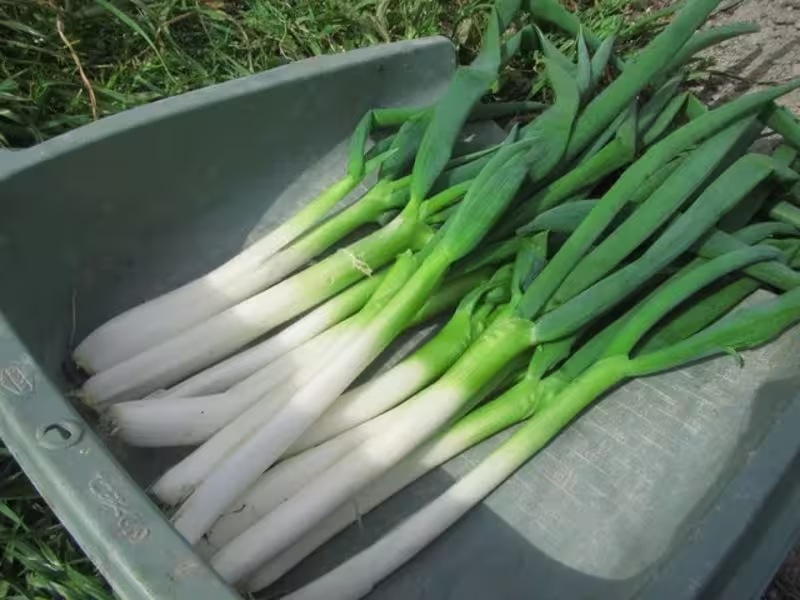
The story of Kujo Negi is tied to Kyoto’s past, with farming starting about 1300 years ago. Locals originally brought this onion from another province but grew successfully in the rich soil of the Kujō area—a southern part of ancient Kyoto—which is how it got its name.
This long history resulted in Kujo Negi being officially recognized as one of Kyoto’s Traditional Vegetables (Kyō no Dentō Yasai). Over many centuries, local farmers improved growing techniques to meet the detailed needs of the imperial court and temples. The onion developed alongside some of Japan’s most refined food traditions, guaranteeing its status as a premium ingredient.
Where to Try It
Kyo Negiyaki Kiyamachi Ten (京ねぎ焼 木屋町店)
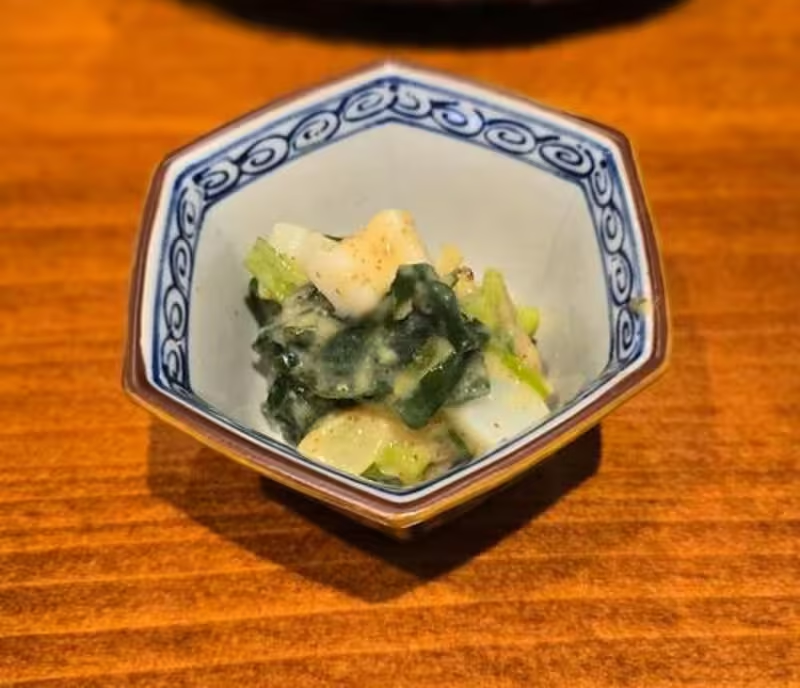
To truly appreciate how heat changes Kujo Negi, you should seek out specialty dishes. Kyo Negiyaki Kiyamachi Ten is an excellent choice, specializing in Negiyaki. This dish is a savory pancake that uses large amounts of Kujo Negi instead of cabbage. Cooking the vegetable on the hot griddle softens it until it is sweet and nearly melted, giving a deep, satisfying flavor. Kyo Negiyaki Kiyamachi Ten is a popular spot and operates late into the night.
Takeaway
Kujo Negi’s continued popularity is a tribute to its usefulness and quality. Its dual nature—giving sharpness when raw and incredible, melt-in-your-mouth sweetness when cooked—has secured its place as a key part of Kyoto’s food identity. Whether used as a fresh topping or the main focus of a meal, this onion delivers a distinct flavor linked directly to 13 centuries of tradition.
We strongly recommend sampling this unique vegetable in local cuisine, and other popular preparations include shabu-shabu, vinegared miso, negiyaki, or a simple topping for ramen or udon.
You can also look up in this article the different Kyoto’s traditional vegetables or popularly known as Kyo Yasai.
FAQ
What is Kujo Negi?
Kujo Negi is a type of green onion from Kyoto, famous for its sweetness, soft texture, and rich aroma.
Where does the name come from?
It comes from the Kujo area in southern Kyoto, where it has been grown for more than a thousand years.
How is Kujo Negi different from normal green onions?
It is more tender, less spicy, and has a mild sweetness that becomes stronger when cooked.
When is Kujo Negi in season?
The best season is from autumn to early spring, when it becomes especially sweet.
How is it usually used in Japanese food?
It is used in hot pots (nabe), sukiyaki, ramen, miso soup, and yakitori as a fragrant topping.
Where can I try dishes with Kujo Negi in Kyoto?
Many local restaurants, ramen shops, and izakaya in Kyoto proudly use Kujo Negi in their dishes.
Can I buy Kujo Negi to take home?
You can find it in Kyoto markets such as Nishiki Market, or in food sections of department stores.
Can it be eaten raw?
Yes. It’s delicious raw in salads, or finely chopped and sprinkled over tofu or sashimi.
Is Kujo Negi considered a Kyoto Vegetable (Kyo-yasai)?
Yes, it is one of the officially recognized traditional Kyo-yasai vegetables.
Why is Kujo Negi popular among chefs?
Because it adds depth and sweetness to dishes without overpowering other flavors, making it perfect for delicate Kyoto cuisine.
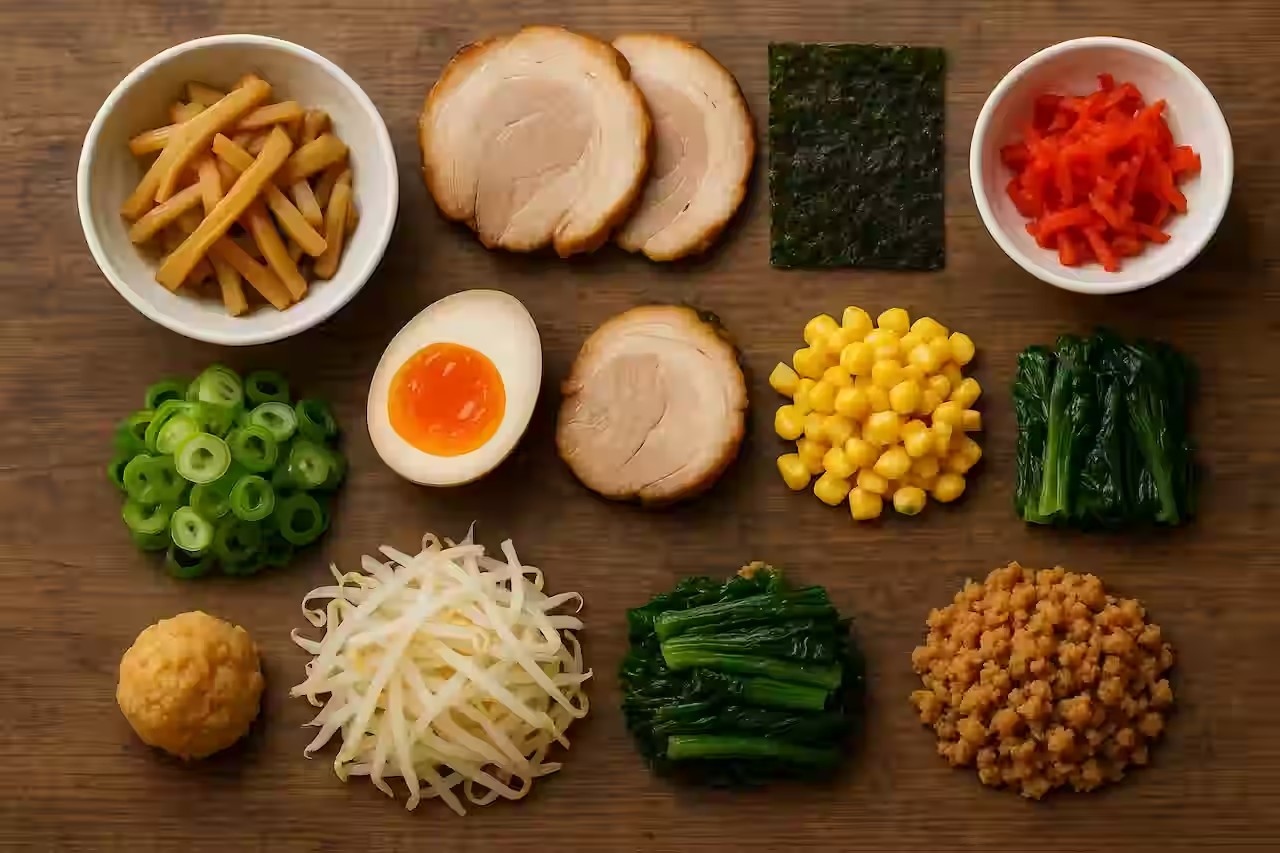
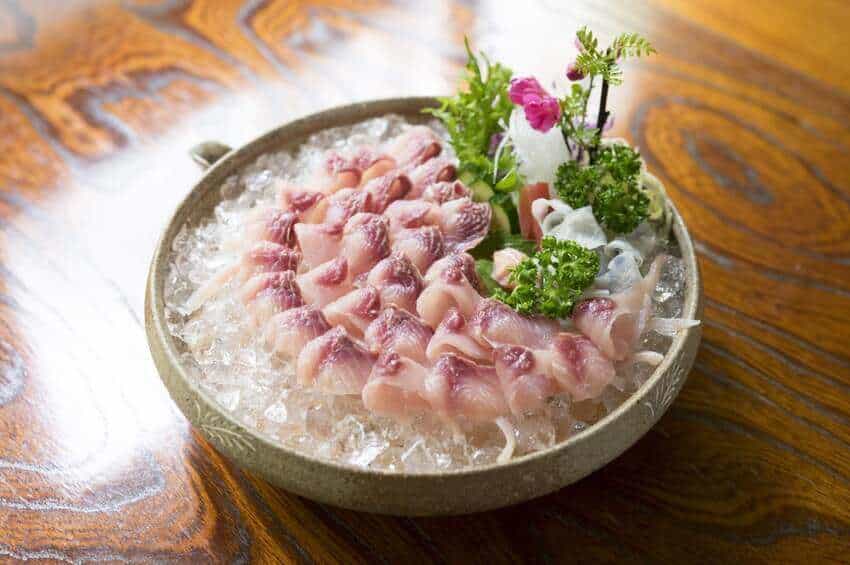
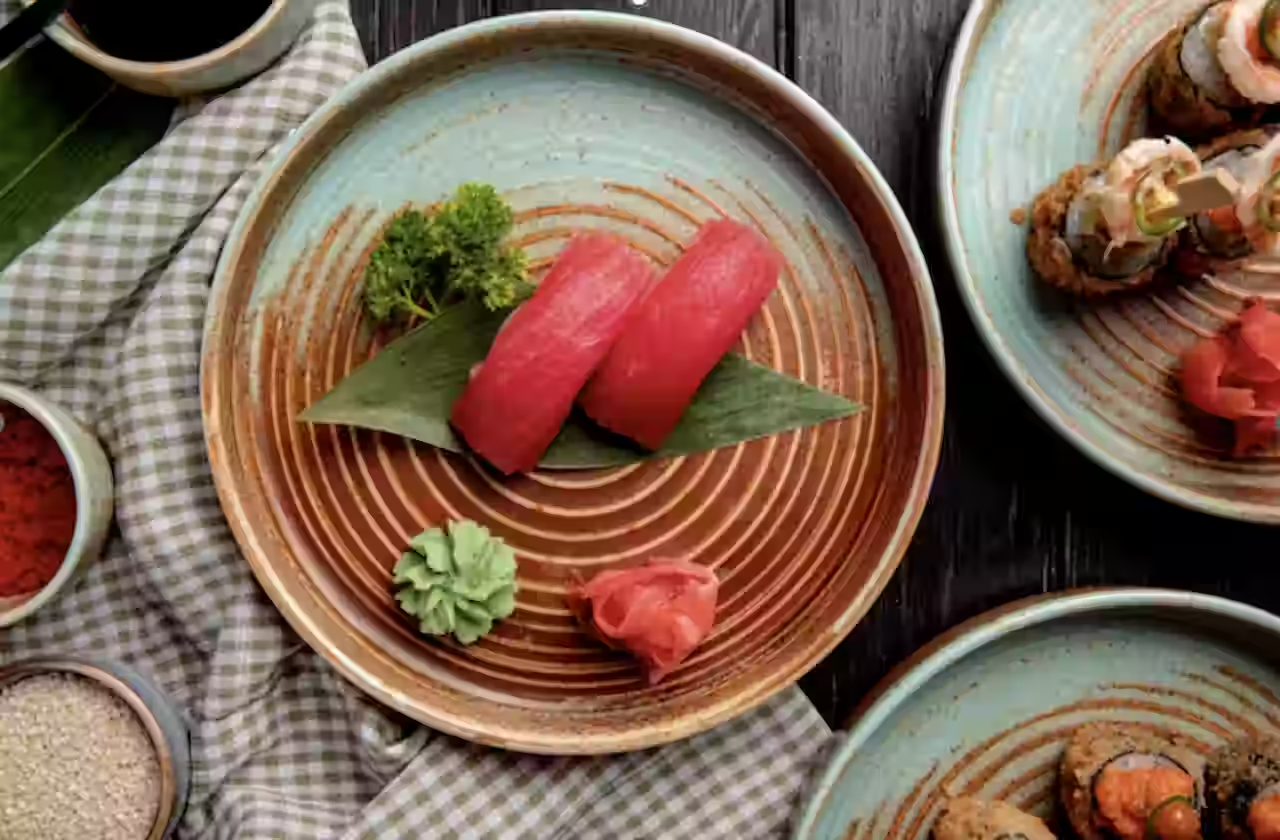
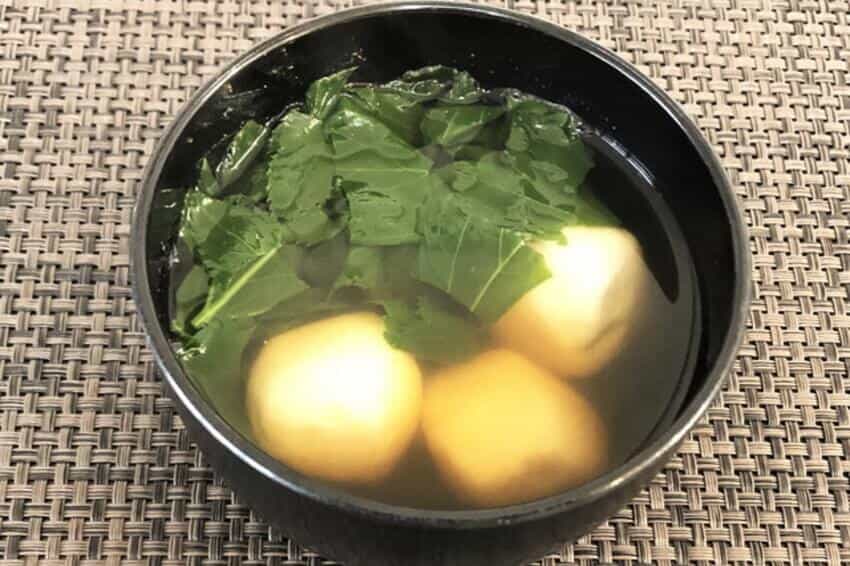


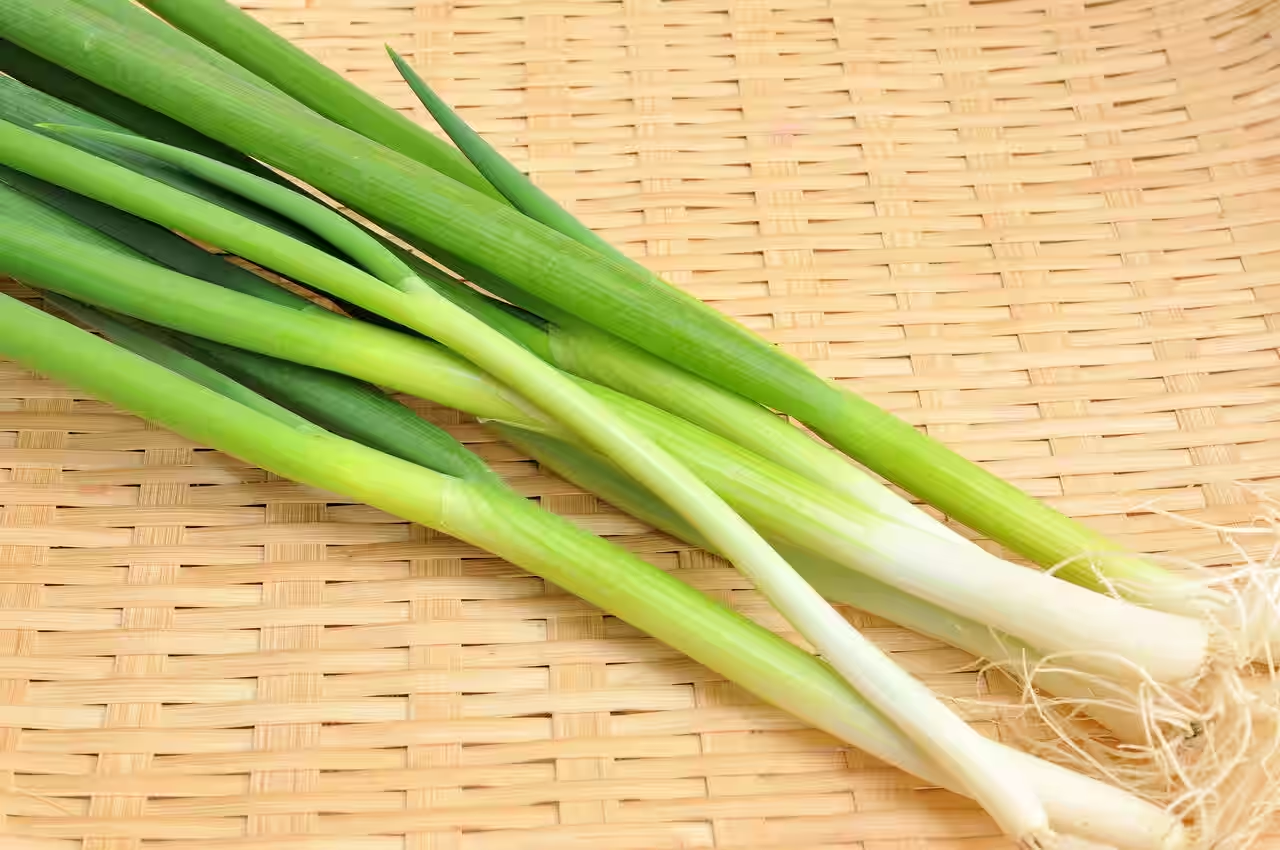
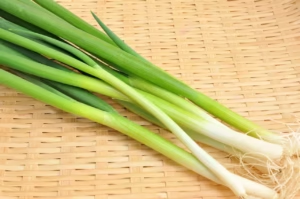
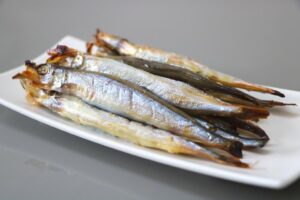
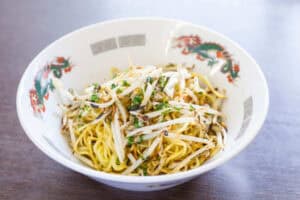

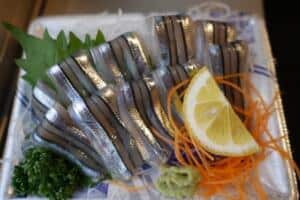
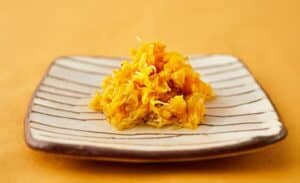
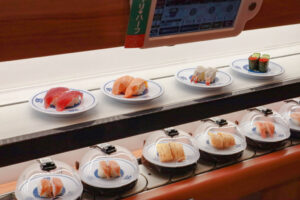

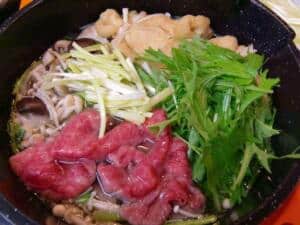
Comments